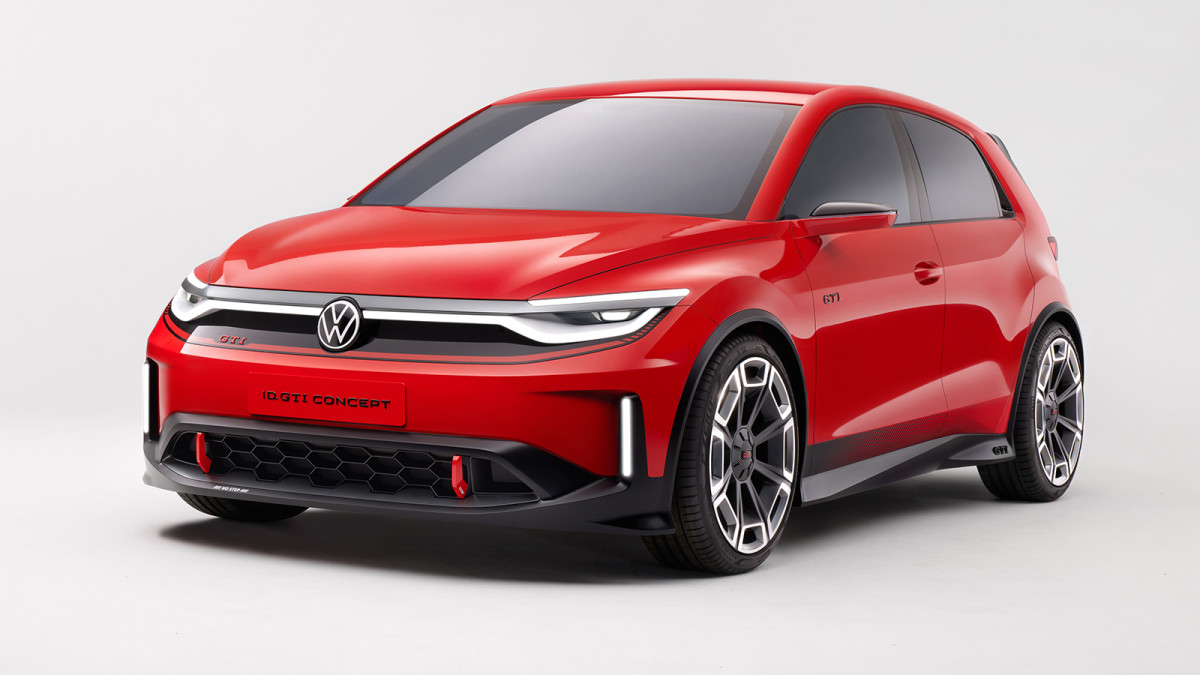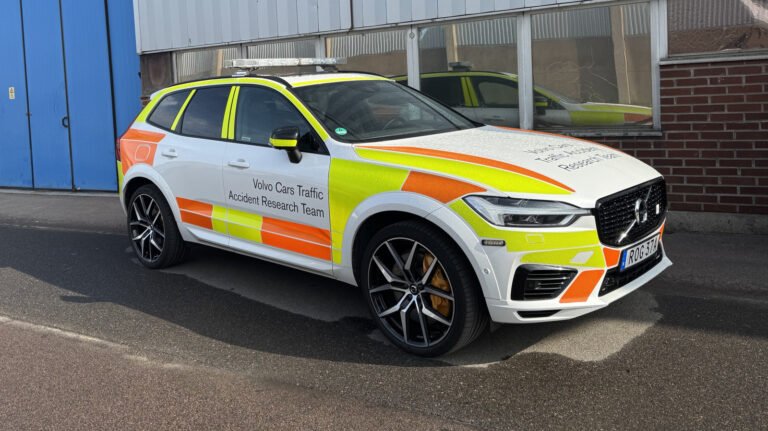
It Would Rewrite The Hot Hatch Performance Rulebook
Volkswagen is said to be working on a hot version of the ID 2 small hatchback, likely to be known as the ID 2 R. While VW doesn’t sell a hatchback smaller than the Golf in the United States, the ID 2 R could pave the way for the future all-electric Golf R, and VW seems to have come up with a clever way of integrating electric motors. These plans were revealed by Autocar, with its sources suggesting the ID 2 R will use electric hub motors situated in the rear wheels. As we’ll see, this layout has multiple benefits.
A Cut Above The ID.GTI
Volkswagen
VW is already expected to debut the electric ID.GTI in 2026, but the new ID 2 R will be a lot more advanced. In addition to the front-mounted electric motor in the GTI, the R model will get independently controlled motors within the rear wheels, dramatically increasing performance and enabling all-wheel drive, which has traditionally been associated with the Golf R.
By not going the more conventional dual-motor route, VW will be able to save weight and reduce the impact on trunk space, both important considerations in a compact car. Whereas the ID 2 GTI will make around 286 horsepower, a more likely output in the three-motor ID 2 R will be about 400 hp. This, together with the torque vectoring made possible by the hub motors, should make for a shockingly quick and agile hot hatch. Even more performance could be extracted from the larger Golf R EV with the same setup.
Pros And Cons To Hub Motors

While hub motors have many advantages, they can also increase unsprung mass – the weight of the components not supported by the suspension – which can negatively impact handling and grip.
On the upside, the ID 2 R’s tech has the potential to filter through to other small VWs with all-wheel drive. It would also allow cars with FWD, RWD, and AWD to be more easily built on the same platform, reducing costs and complexity.
For now, the Golf R will soldier on as a potent ICE hatchback with its 328-hp turbo engine, snappy dual-clutch transmission, and dependable AWD system. But the potential of an electric successor looks bright – don’t expect it to arrive much earlier than 2029 or 2030, though, especially with multiple brands backtracking on their EV plans.


